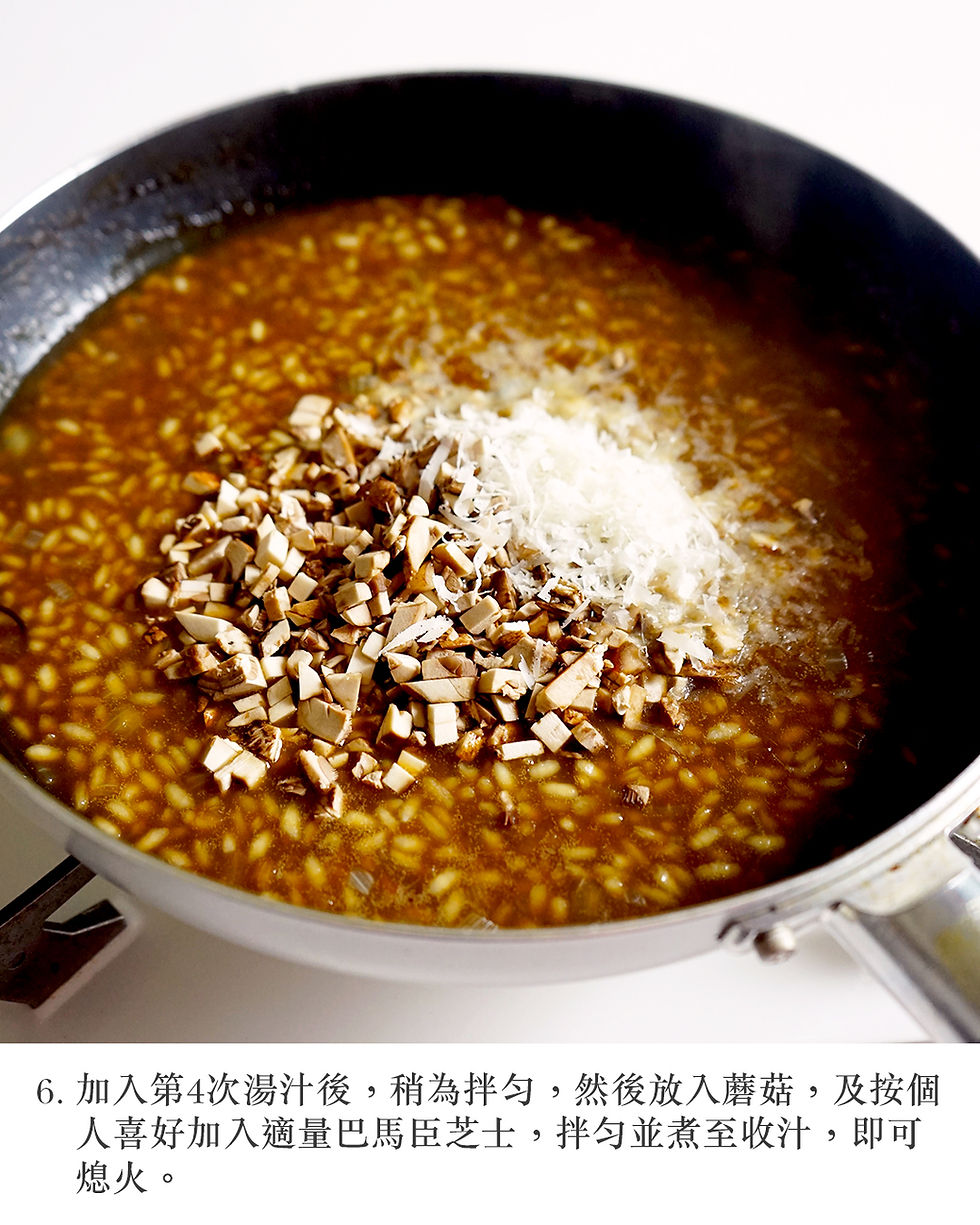Stout Braised Pork Belly with Risotto Allo Stout
- bigboyrecipe2015
- Jul 15, 2024
- 2 min read
Using stout beer for cooking isn't a new concept, such as using it for beer-roasted chicken, which I've done several times. However, using it to stew pork belly was a first for me, and the result was unbelievably delicious.

I remember a few years ago when I traveled to Finland. It was bitterly cold, and I randomly walked into a small shop in a local market to eat. Sitting down, I glanced at the menu and was immediately drawn to the stout beer-braised pork belly dish. True to its promise, the dish did not disappoint. The pork belly was braised and then seared, with a slightly crispy and aromatic surface, and the meat melted in the mouth, piping hot and incredibly delicious! Since then, I've always wanted to recreate it because it was truly the most delicious pork belly I've ever had.

Why Using Stout Beer?
The reason for using stout beer is its rich and intense flavour compared to regular beer. Stout beer has a complex aroma that falls somewhere between nuts and coffee. This distinctive profile is due to the use of roasted malt during the brewing process, which undergoes caramelization to create a dark colour and a deep, robust flavour. Stout beers are known for their full-bodied texture and a bitter-sweet taste with a lingering roasted aroma. Therefore, when used in cooking, dishes made with stout beer benefit from a stronger and more pronounced aroma of alcohol.

This time, I chose Atria pork belly for this dish. Their pigs are raised in healthy conditions on Finnish farms, fed with their own grains, and drink natural water from their own sources. They strictly avoid antibiotics and hormones, ensuring the pigs are well cared for by the happy Finnish farmers.
This pure Nordic pork not only promotes health but also boasts top-notch flavour and texture. It has a balanced ratio of fat to lean meat, offering a smooth texture without any gaminess. After simmering for an hour, the essence of the pork belly blends into the stout beer broth. This broth is then used to cook Italian rice, allowing the rice to absorb all the rich flavours, creating an exceptionally delicious delight.

Ingredients (serve 2)
Stout Braised Pork Belly
Pork Belly | 300g |
|---|---|
Stout Beer | 500ml |
Chicken Stock | 500ml |
Onion (Burnoise) | 1 bulb |
Carrot (into chunks) | 1 stick |
Rosemary | 2 sprigs |
Salt | ½ tsp |
Honey/ Maple Syrup | 2 tbsp |
Risotto
Arborio Rice | 180g |
|---|---|
Mushroom (chopped) | 4 pcs |
juice from braising the pork belly | 900ml |
Parmesan Cheese(optional) | to taste |
Parsley (optional) | to taste |
Steps










Comments